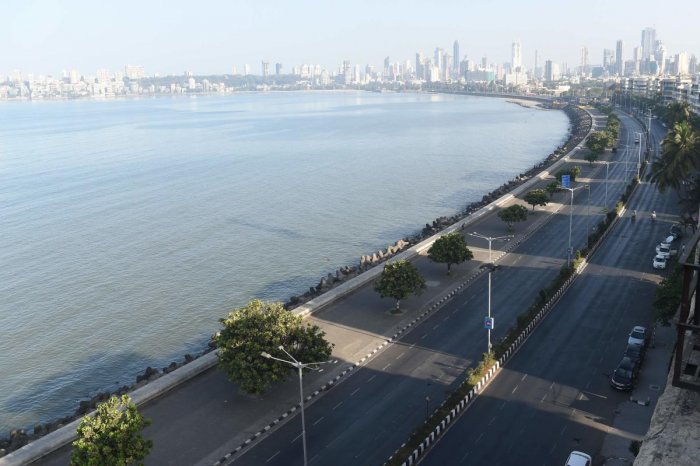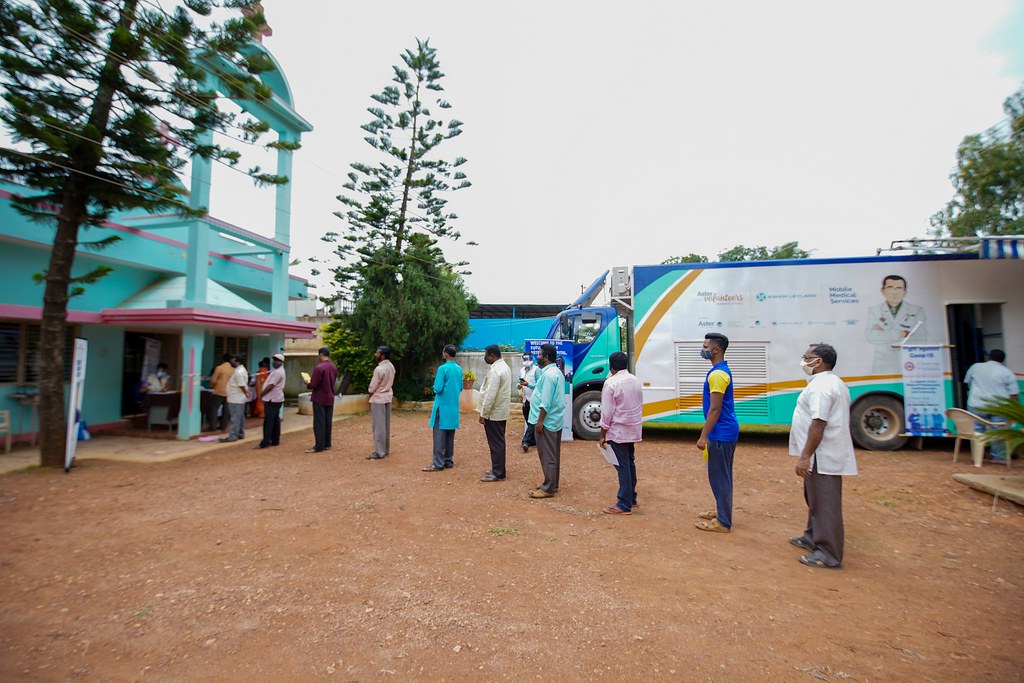China is currently experiencing a huge surge in the number of COVID-19 cases being reported in the country, with estimates suggesting that over 18 per cent of the country’s total population has been affected by the virus in the first 20 days of December. While official figures indicate a different story, reports by British research firm Airfinity, estimate that more than 5,000 people are probably dying each day from COVID-19 in China, with cases rising fastest in Beijing and Guangdong provinces. Reports of morgues overflowing and an acute shortage of hospital and ICU beds bring flashbacks of the Delta variant wave that India went through when millions across the country were impacted and thousands died. Amid growing concerns about the latest outbreak in China, the Indian government and health agencies are tracking the situation closely, and have said there is no need to panic. Let us take a look at the current situation in China, the new variant, and what this could mean for India.
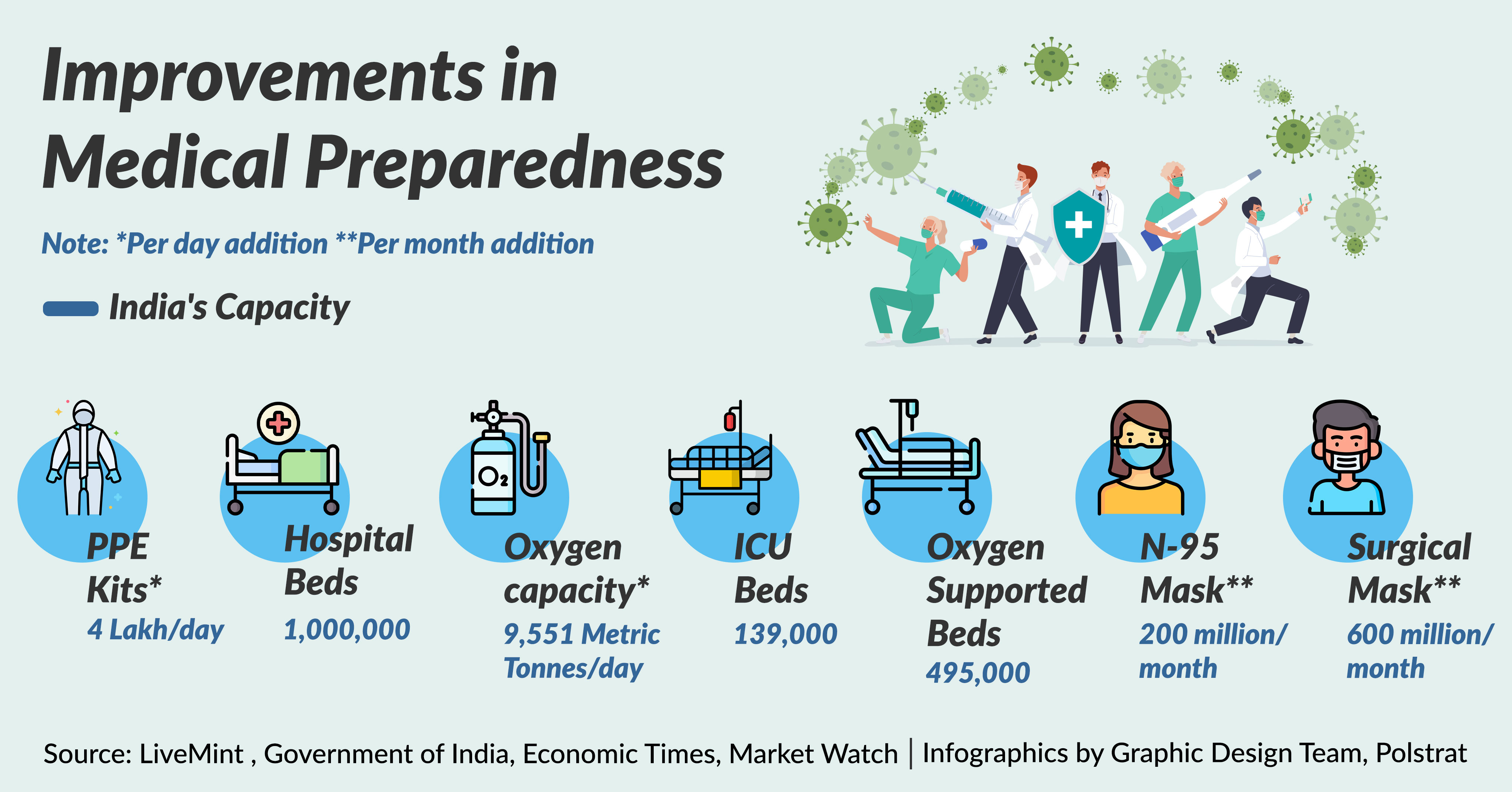
WHICH COUNTRIES ARE REPORTING AN INCREASE IN COVID-19 CASES?
As per leaked official data, around 248 million people in China were infected by COVID-19 between 01st and 20th December 2022, in the wake of a huge wave that has overtaken the country. Reports of hospitals and morgues being overwhelmed with millions of patients are coming in from all parts of the country. However, public data from the National Health Commission (NHC) in China reported only 62,592 symptomatic cases in the first 20 days of December. Following reports of rising cases, China’s top health authority has announced that it will no longer publish daily COVID-19 case numbers. This is amidst speculation by health authorities, including the World Health Organization (WHO), which claim the actual toll of the country’s ongoing outbreak is far worse than that quoted by official figures and published by government authorities. Health officials in the country’s Zhejiang province, which is located near Shanghai, said last week that they were seeing upwards of one million new cases of the infection every day. The province has a population of around 64 million (2021), which corresponds to roughly 1,563 new infections every day per 100,000 people. Chinese health authorities said they believe that given the rate of increase in infections, the country is likely to see the peak of infections soon.
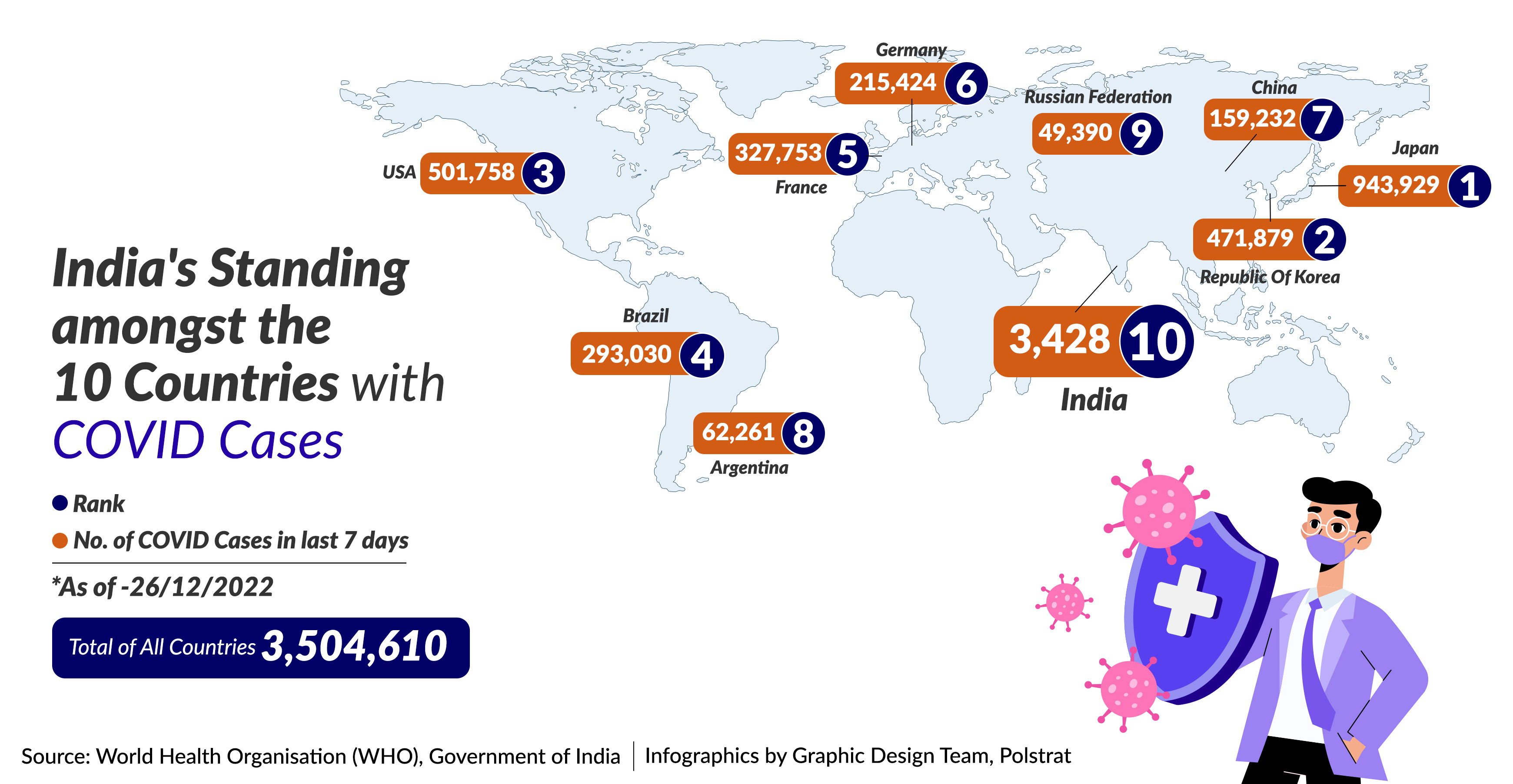
Several other countries are also reporting an increase in COVID-19 cases, although not as severe as that in China. South Korea, Japan, the United States, and Brazil have all witnessed significant increases. Last week, Japan recorded a single-day tally of more than 200,000 cases for the first time since 25th August. Similarly, South Korea recorded over 75,000 cases amid fears of a winter surge, as shared by Yonhap News Agency. Similarly, as per Business Insider, the United States has also registered 15,89,284 COVID-19 cases in the last 28 days.
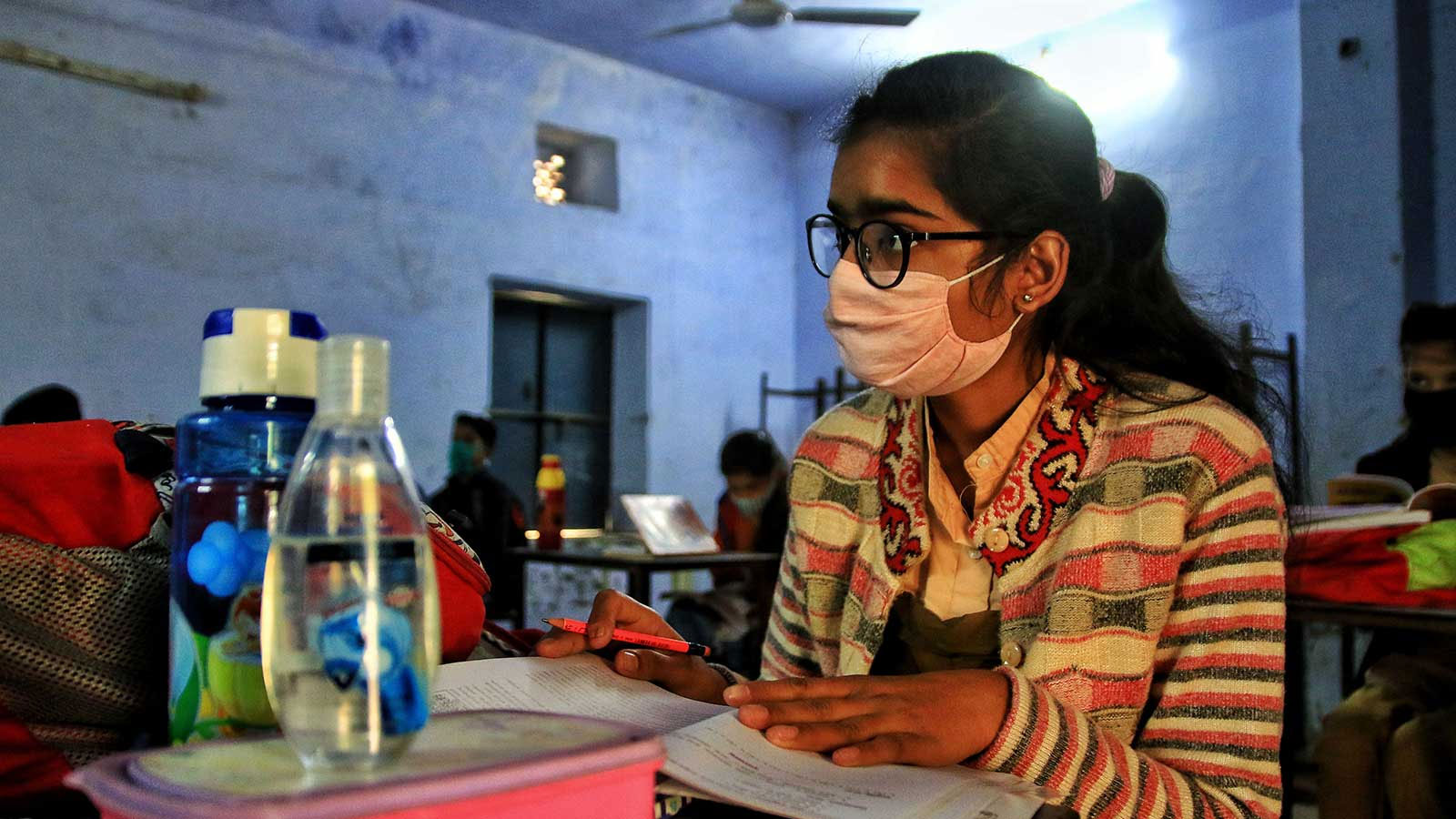
SHOULD WE WORRY ABOUT THE BF.7 VARIANT?
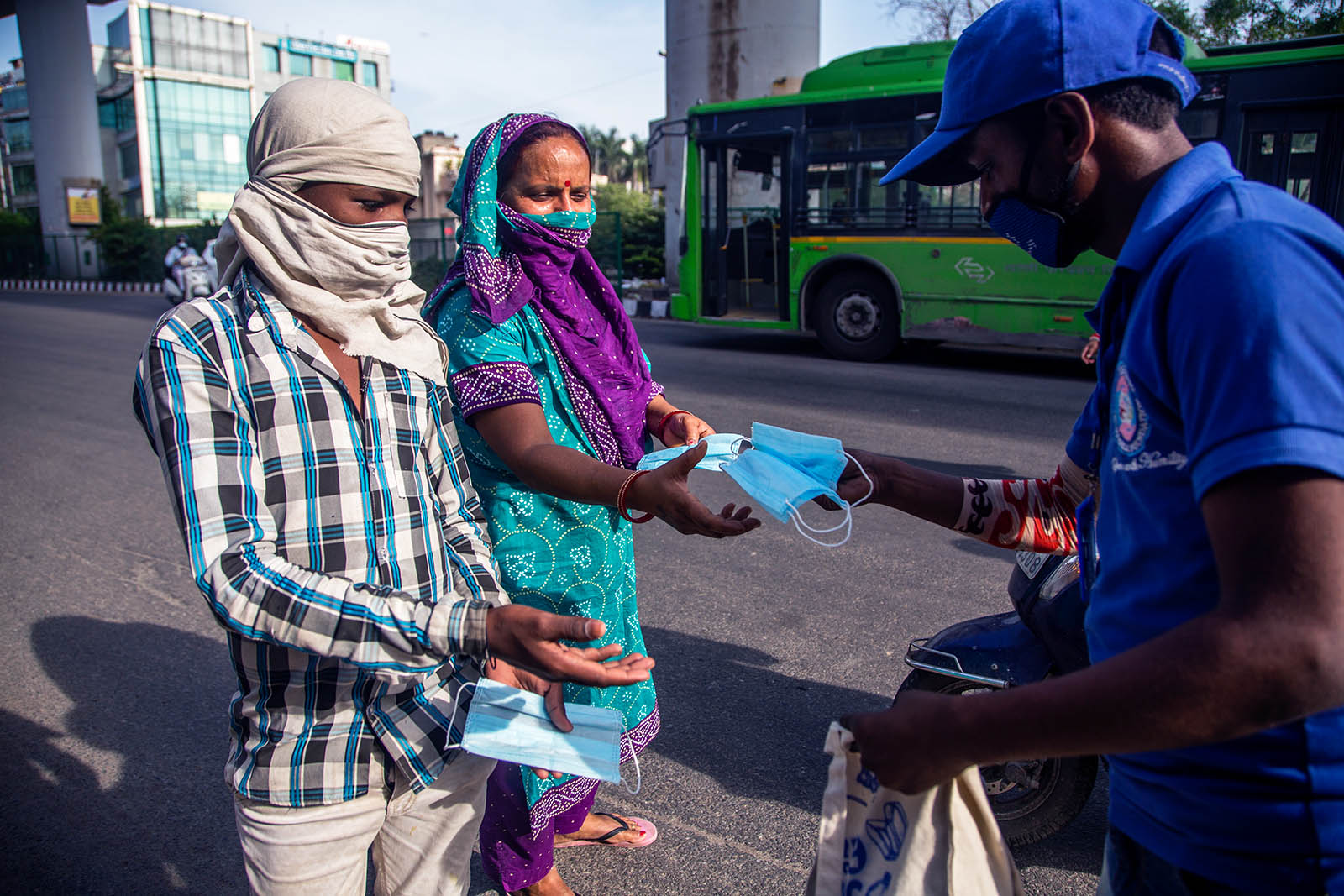
As per health experts, the dominant variant in circulation in China, responsible for the current surge in cases, is the BF.7, which is essentially a sub-variant of the Omicron variant, which affected India earlier this year. As per the WHO, there are hundreds of Omicron sub-variants (over 500) currently circulating in the world, each with certain special characteristics, but none remarkably more dangerous enough to be classified as a new Variant of Concern (VoC), a WHO classification that marks out a global threat. Experts have said that India should not panic or worry about the spread of BF.7 and all four cases detected so far of BF.7 in the country have since recovered. Experts also state that the current sub-variants, including BF.7, are either considered not powerful enough to overcome the natural immunity of the Indian population or will simply affect the population in a harmless (asymptomatic) manner. However, the situation could change, which is why the government has been advised to monitor the Chinese outbreak closely as the virus could always mutate into new forms.
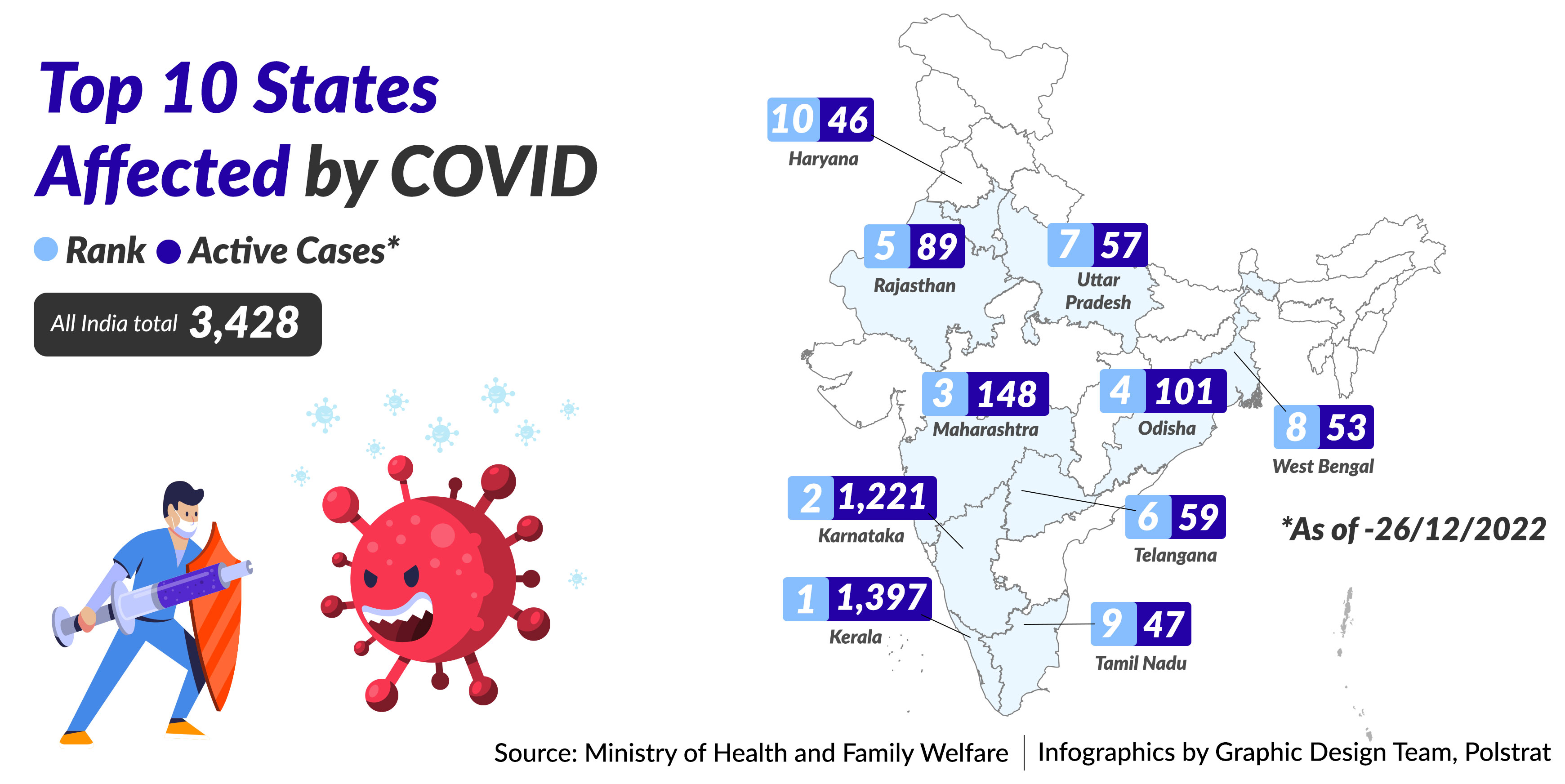
There are currently 3,421 active cases of COVID-19 in India as per the Ministry of Health and Family Welfare. India has been reporting a “steady decline” in cases, with average numbers of around 153 every day in the week ending 22nd December. Experts maintain that India has a higher population immunity as it has faced multiple COVID-19 waves along with higher rates of vaccination, which ensures the country will remain safe, despite the ongoing situation in China. In India, 95 per cent of the eligible population (12+ years) has received at least one dose of the vaccine, and 88 per cent of the eligible population (12+ years) is fully vaccinated. VK Paul, who heads the national task force on COVID-19, has said there is no need to panic, and that adequate tests are being conducted. Paul also mentioned that only around 27-29 per cent of India’s eligible population has taken the precautionary dose of the COVID-19 vaccination and urged those at risk, including senior citizens, to take the precautionary dose.
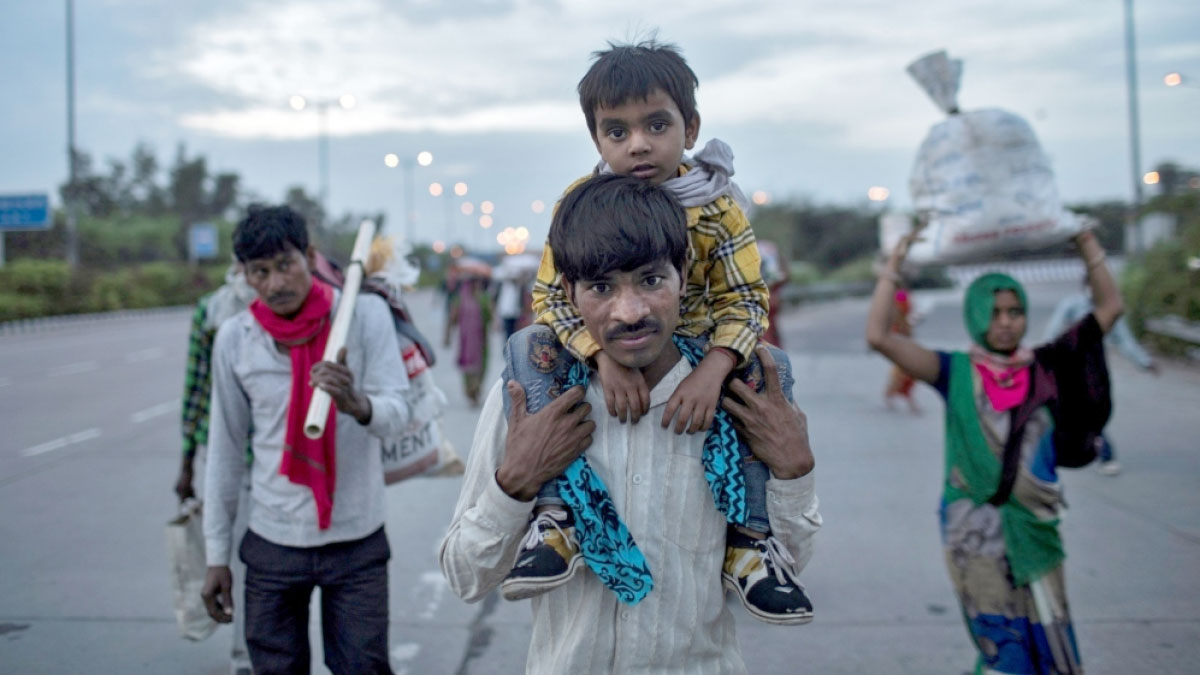
After the devastating impact of the Delta wave, which gripped the country in 2021 and exposed the health infrastructure and its inability to cope with rising infections and hospitalisations, the government has taken active steps to ramp up certain parts of the public health system. To increase the oxygen supply for future production of Liquid Medical Oxygen (LMO), manufacturing was ramped up by more than ten times from 900 Mt/day in pre-COVID times to 9,300+ Mt/day (as of 17th May 2021). During April and May 2020, a whopping 1,02,400 oxygen cylinders were procured and distributed to states to enable easier access to medical oxygen to end users. However, the April-May 2021 crisis underlined the inadequacy of cylinders in the country. After this, orders were placed for an additional 1,27,000 cylinders in the third week of April. The government has also enhanced the capacity of cryogenic tankers by over 60 per cent from 1,040 tankers (12,480 MT) in March 2020 to 1,681 tankers (23,056 MT) in May 2020.
PRECAUTION, NOT PANIC
Prime Minister Narendra Modi chaired a high-level meeting earlier this month in light of the rising cases in China to assess India’s preparedness of health infrastructure and logistics, the status of the vaccination campaign in the country, and the overall public health implications for India. Following this, the government has asked people to follow COVID-appropriate behaviour, including wearing masks in crowded places and getting vaccinated. Random sample testing for COVID-19 will be conducted at airports for international passengers arriving from China and some other countries. Various state governments have also held meetings with their health authorities and local bodies to ensure COVID-19 appropriate behaviour is being maintained.
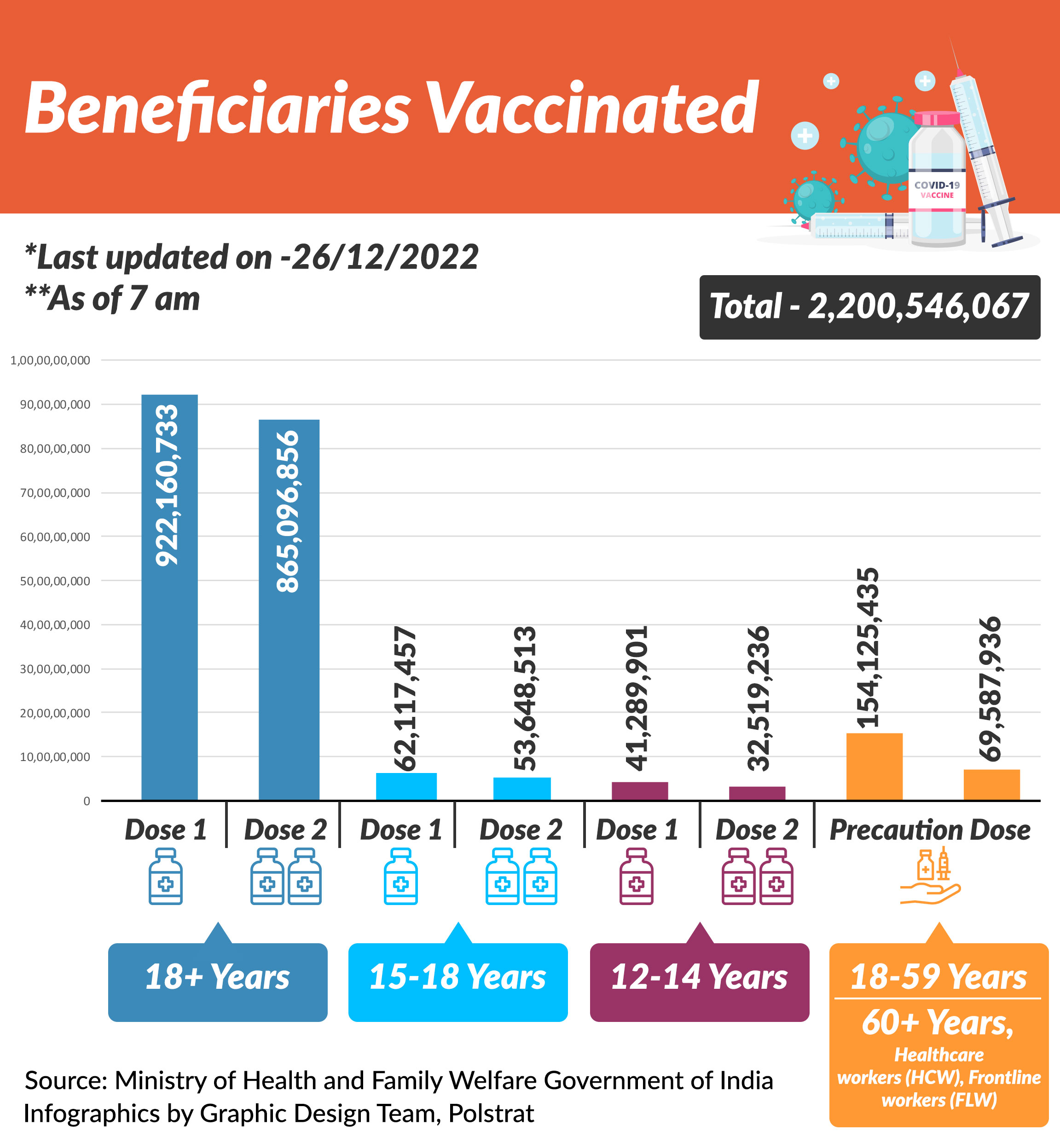
While the current uptick in cases being experienced by various countries has not come to India yet, experts predict it will not affect the country as the previous waves have, and it is up to the citizens to adopt COVID-19 precautions to protect themselves against the virus. Maintaining appropriate behaviour such as practising social distancing, avoiding crowded and poorly ventilated spaces, wearing a mask, and washing hands regularly are simple steps which can be taken to avoid the spread of COVID-19.
